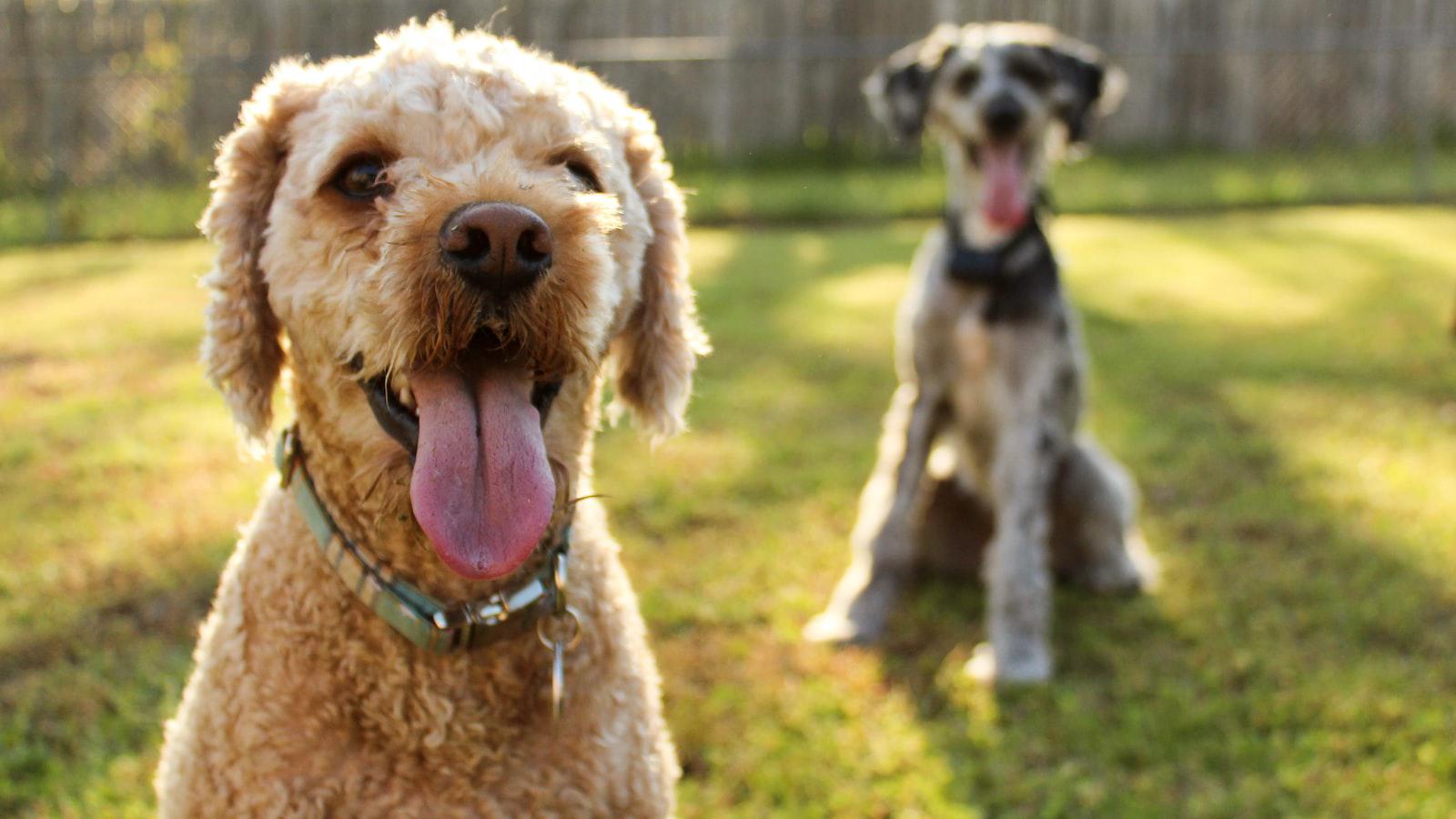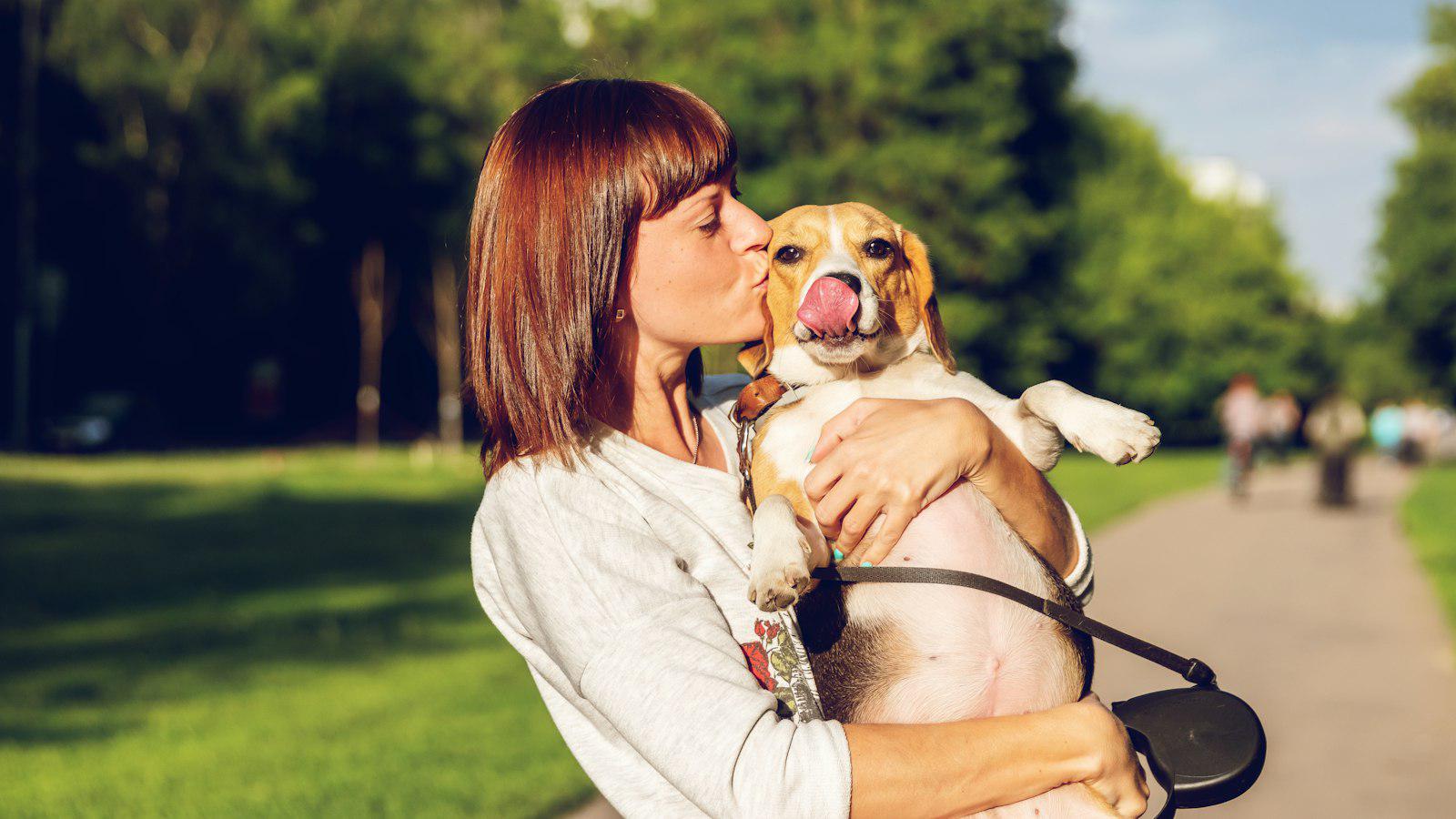Have you ever wondered why dogs suddenly turn into an inseparable duo the moment they decide to mate?
It’s like they’re locked in a passionate embrace, oblivious to the world around them.
Well, this fascinating phenomenon has left many dog owners scratching their heads and asking the same question: why do dogs get locked when mating?
Read on to find out.
Why do Dogs Get Locked when Mating?
Have you ever wondered why dogs get locked when mating?
It may seem strange and even uncomfortable to witness, but this behavior is actually quite natural for our canine friends.
Firstly, it’s important to understand that dogs possess a unique anatomical adaptation that facilitates successful reproduction.
During mating, the male’s penis becomes engorged with blood, causing it to swell inside the female’s vagina.
What follows is known as the “bulbus glandis” phenomenon, where the base of the male’s penis expands and locks inside the female’s vaginal canal.
This locking mechanism serves a crucial purpose – it ensures that the male’s semen is securely deposited in the female’s reproductive tract, increasing the chances of fertilization.
Interestingly, the duration of this locked position can vary from a few minutes to more than half an hour!
This prolonged contact allows the male’s sperm to be effectively released and travel through the female’s reproductive system, increasing the likelihood of successful fertilization.
While this process may sound uncomfortable or painful for the dogs involved, it is a perfectly natural occurrence and does not cause any harm or distress to either party.
Here are some possible reasons behind why dogs get locked during mating:
1. Intensifying the Connection
When dogs mate, they stay locked together due to a physiological response known as a “copulatory tie.”
This tie occurs because the male’s penis swells inside the female’s vagina, creating a knot-like structure.
This physical connection helps ensure that the male’s sperm remains inside the female’s reproductive tract, increasing the chances of successful fertilization.
2. Prolonging the Mating Process
Dogs have evolved this behavior to prolong the mating process.
Their instinctual behavior ensures that the male remains with the female for an extended period as this increases the likelihood of fertilization.
It also prevents other males from mating with the female while she is still receptive, ultimately ensuring the male’s genetic success.
3. Pain and Discomfort
While the locking behavior is natural, it can sometimes lead to pain and discomfort for both dogs involved.
It is essential to remember that forcing dogs apart during this time can cause injury and should be avoided.
With patience, the dogs will eventually separate naturally when the tie is over.
Benefits and Potential Risks of Dogs Getting Locked when Mating
The Benefits:
Increased Chances of Fertilization
When dogs get locked during mating, it allows for a more optimal transfer of semen.
The extended connection between the male and female provides enough time for the sperm to be deposited into the female’s reproductive tract, which improves the chances of successful fertilization.
Enhanced Bonding
Locking, technically known as the ”copulatory tie,” not only facilitates successful reproduction, but it also helps strengthen the bond between the mating pair.
This physical connection allows both dogs to feel secure and reinforces the emotional connection between them.
Natural Selection
Evolutionary theory suggests that over time, the locking behavior may have developed as a way to ensure only the fittest and most genetically compatible dogs reproduce.
The prolonged mating process allows for potential mates to be carefully chosen and ensures that offspring inherit desirable traits.
The Potential Risks:
Injury
Although rare, the locking can sometimes lead to injuries in either the male or female dog.
Vigorous movements during this period can cause strains, pulled muscles, or even injuries to sensitive reproductive organs.
It’s important to closely observe and provide a safe environment for mating dogs to minimize the risk of harm.
Inconvenience
The duration of the copulatory tie can vary from a few minutes to up to an hour.
This can be inconvenient for both the male and female dogs, as they may feel restricted or uncomfortable during this time.
Being patient and allowing nature to take its course is crucial to avoid distressing the animals involved.
Unintended Breeding
When dogs lock during mating, there is a possibility of unintended breeding if the pair has not been properly supervised or separated.
This can lead to unwanted litters and potential challenges in finding suitable homes for the puppies.
Responsible pet ownership entails taking precautionary measures to prevent accidental matings and controlling the breeding process.
Understanding the reasons behind dogs getting locked during mating provides valuable insights into their reproductive behavior and how it contributes to the survival of their species.
While there are benefits to this instinctive behavior, it’s important to assess the potential risks involved and take necessary actions to ensure the health and well-being of our beloved canine companions.
Tips for Dog Owners to Ensure a Safe and Successful Mating Process
So, you’re a dog owner and you want to make sure your furry friend has a safe and successful mating process.
Here are some tips to help you out:
Provide a Suitable Environment
First and foremost, it’s crucial to create a comfortable and secure space for your dogs to mate.
Make sure it’s a quiet area where they can concentrate and not be easily distracted.
Remove any potential hazards that could cause an accident or injury during the process.
Additionally, ensure the temperature is neither too hot nor too cold, as extreme weather conditions can negatively impact the mating outcome.
Supervise but Don’t Intervene
While it’s important to keep an eye on your dogs during the mating process, it’s equally vital not to interfere.
Dogs have their own instincts and know what they’re doing when it comes to mating.
Trying to separate or interrupt them can lead to confusion and may even harm their chances of successful breeding.
Instead, maintain a watchful eye from a distance and only step in if there’s any sign of distress or aggression.
Seek Professional Guidance
If you’re unsure about the whole mating process or want to ensure everything goes smoothly, it’s always a good idea to consult with a professional.
A veterinarian or a reputable dog breeder can provide you with expert advice and guidance tailored to your specific situation.
They can answer any questions, address concerns, and even offer assistance during the mating process if necessary.
Remember, professionals have the knowledge and experience to ensure a safe and successful outcome for your dogs.
While locked mating is a natural part of a dog’s reproductive cycle, it is essential for dog owners and breeders to be aware of when intervention may be necessary for the safety and well-being of their pets.
FAQ
Q: What does it mean when dogs get locked during mating?
A: When dogs mate, something called the ”copulatory tie” or “knot” forms.
It’s a fascinating, albeit temporary, physical connection between the male and female.
To put it simply, their genital organs are intertwined, creating a locked position.
It may look odd, even a bit comical, but it serves a vital purpose in the reproductive process.
Q: So, why does this happen?
Is it normal?
A: Absolutely!
This act of getting locked during mating is entirely normal in dogs.
It’s nature’s way of ensuring efficient reproduction.
You see, when male dogs ejaculate, they release a high volume of sperm into the female’s reproductive tract.
To enhance the chances of successfully fertilizing the eggs, this tie allows the sperm to stay inside the female longer and travel further up the reproductive system.
It’s like Mother Nature’s way of giving the sperm a little extra “push” to reach its destination.
Q: How long does this lock last?
A: Good question!
The duration of the tie can vary, but on average, it typically lasts around 15 to 30 minutes.
Dog owners often feel a bit anxious during this time, wondering if their furry pals will ever separate.
But fear not, it’s just a temporary phase, and the dogs will eventually unlock and go their separate ways.
Patience is key!
Q: Can this tie be harmful or painful for the dogs?
A: Rest assured, this copulatory tie is a completely natural occurrence and shouldn’t cause any pain or harm to either dog involved.
In fact, many dogs remain calm and relaxed during the entire process.
It’s truly amazing how well nature has designed their reproductive systems!
Q: Are all dog breeds equally prone to this bonding phenomenon?
A: While all dogs can experience the copulatory tie, some breeds are more prone to it than others.
Certain breeds, like Bulldogs or Bull Terriers, have anatomical characteristics that make it easier for them to lock during mating.
So, yes, some breeds may find themselves “stuck” more often than others.
It’s just one of the quirks in the world of dog reproduction!
Q: What should I do if I witness dogs getting locked while mating?
A: Firstly, remember to stay calm!
It’s a natural and temporary occurrence, so there’s no need to panic.
While it’s generally advised to let nature take its course, you might want to gently separate the dogs if you notice any signs of discomfort or if the tie lasts longer than an hour.
If you’re concerned or unsure, it’s always best to reach out to a veterinarian for guidance.
Remember, nature always has its reasons, even when it comes to the peculiarities of dog mating.
Embrace the uniqueness of our furry friends and carry this newfound knowledge with pride!
Final Thoughts
It may seem puzzling or even comical at first, but once we dive into the biology and instincts of these furry friends, it all starts to make sense.
We discovered that a dog’s reproductive process involves a series of intricate steps, which ultimately lead to the locking phenomenon.
During mating, male dogs have a unique reproductive organ that swells inside the female, creating a secure connection.
This act ensures successful fertilization and allows for the transfer of sperm.
But why does this locking last for what seems like an eternity?
Well, it’s all about nature’s way of giving these four-legged lovers the best chance at procreation.
The prolonged connection ensures that the male’s sperm remains inside the female, maximizing the chances of successful fertilization.
While it may be awkward or amusing to witness, this behavior is entirely normal in the animal kingdom.
Dogs instinctively rely on their reproductive mechanisms to ensure the continuation of their species.
So, as baffling as it may seem, we can admire these innate rituals and marvel at the wonders of nature.
In the end, understanding why dogs get locked when mating not only sheds light on their biological processes but also deepens our connection and appreciation for these loyal, loving creatures we call man’s best friend.
Let’s embrace the quirks and wonders of nature, celebrating the diversity and beauty it offers to us all.














